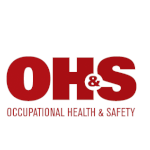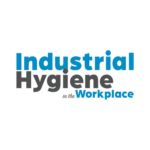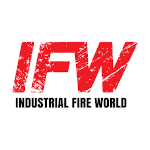Prevent Injuries and Deaths in the Line of Duty
SlateSafety helps leaders identify and prevent heat stress and overexertion injuries by sending real-time alerts directly to the phone of those that can help.
Testimonials
Nic Bourchier
Training Lieutenant
Barrow County Emergency Services
Joe Heim
Fire Chief
East Dubuque Fire Department
Chris Trischitta
Field Supervisor

Analyze Trends, Manage Exertion Levels
The SlateSafety platform acts as an early-warning system for heat strain and overexertion that can be used to prevent injuries. Keep your teams connected and protected with our easy to deploy solution that provides real-time connected worker safety.
Rugged, Reliable and Easy
The SlateSafety BAND V2 withstands the toughest environments to provide 24/7 connected worker safety monitoring with minimal setup time. The platform maintains connectivity across large buildings and worksites. There is no better alerting system to protect your team.
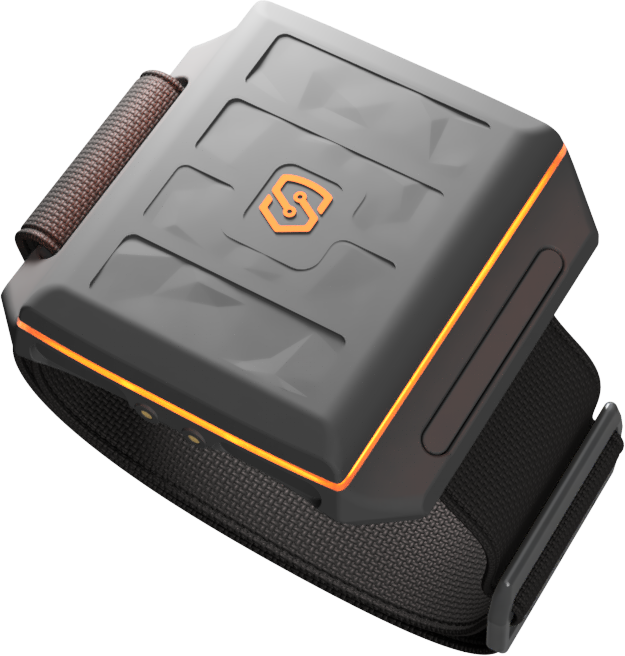

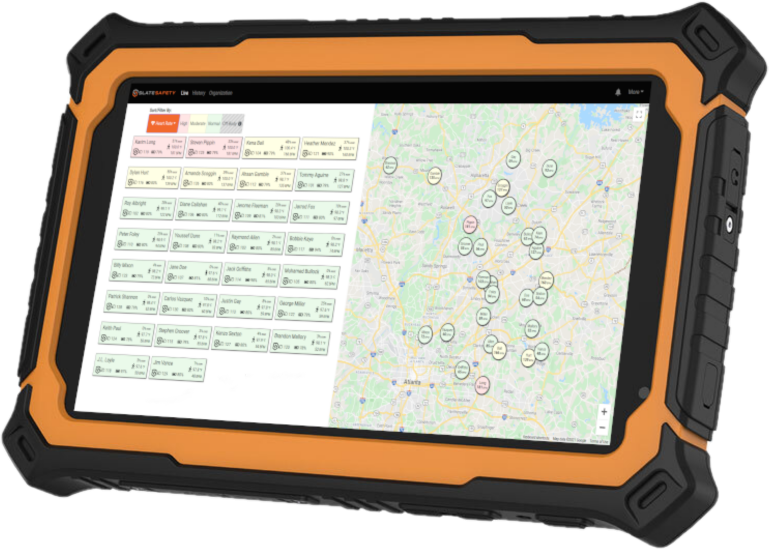

Real-Time Safety Alerts

SOS TapAlert

Customizable to Your Team
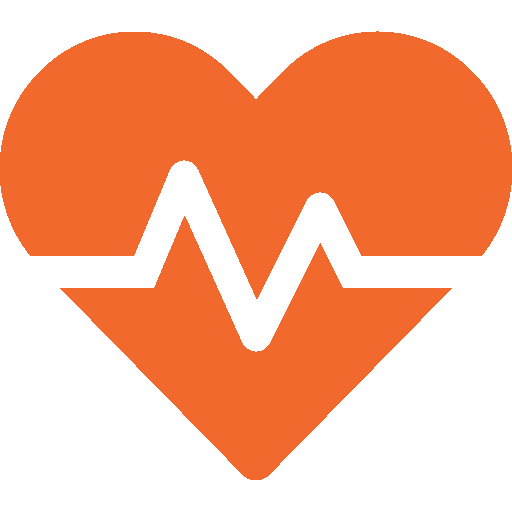
Biometrics

Automated Work/Rest Cycles

Rugged Hardware

Location

Cell Connection with Redundancy

Monitor Your Entire Team

Fall Detection

The Platform "Just Works"

Continuous Updates
Trusted Partners
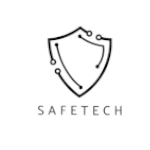


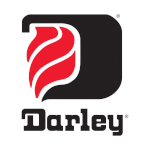
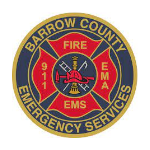


We are proud to work with the leaders in the safety industry who share a common mission — to eliminate preventable injuries and deaths. These partners chose SlateSafety because they trust our products and know our commitment to safety.
Intuitive and User-friendly Software for Large Teams
The system is purpose-built to alert in real-time when unsafe thresholds are reached while performing tough, hazardous jobs. Set alert thresholds and contacts in minutes. View how your team is doing any time, on any device, at any location in the world.
Smart PPE
Stop guessing how your team is doing so you can focus on the task at hand. SlateSafety provides a wearable armband that will upgrade your team’s PPE by providing alerts for heat stress and overexertion. Sensors measure data including heart rate, core body temperature, exertion and more using real-time and easy to use wearable technology.
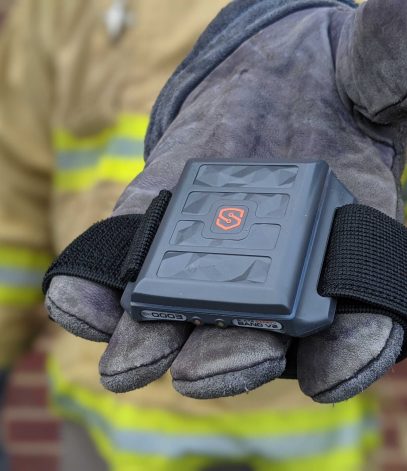
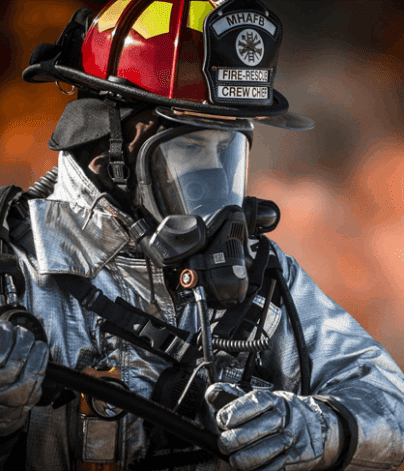
Learn more from SlateSafety

How Does Frontline Supervision Shape Heat Safety Outcomes?
Why are supervisors the key to preventing heat-related injuries? Supervisors make the call when conditions change. They control the pace of work, adjust rest breaks,

Staying Ahead of OSHA’s Heat Injury Rule: How Real-Time Monitoring Protects Workers
OSHA’s upcoming Heat Injury and Illness Prevention rule is set to establish clearer expectations for employers in outdoor and indoor work environments. Heat-related illnesses remain

The Hidden Costs of Heat Stress in the Workplace
Guest post by Safety Knights Heat stress isn’t just a seasonal problem; it’s a real danger at work that can hurt worker safety, productivity, and

When Fatigue Sneaks In: Spot the Signs Before It’s Too Late
What Is Cumulative Fatigue and Why Is It Dangerous? Cumulative fatigue is a physiological condition that develops when the body doesn’t recover fully between periods
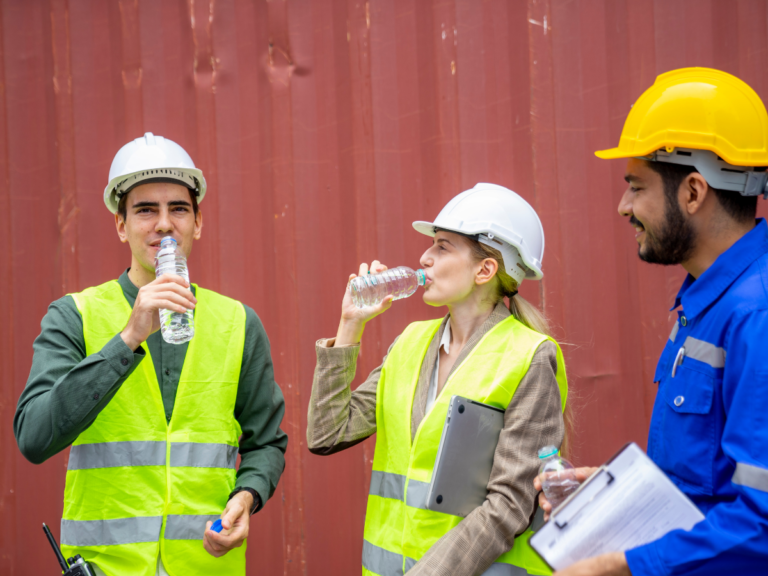
How to Reset Hydration Habits That Are Falling Apart
You remind your crew to drink water, over and over, but the same symptoms keep showing up. Headaches. Muscle cramps. Dizziness. Bottles stay full. Breaks
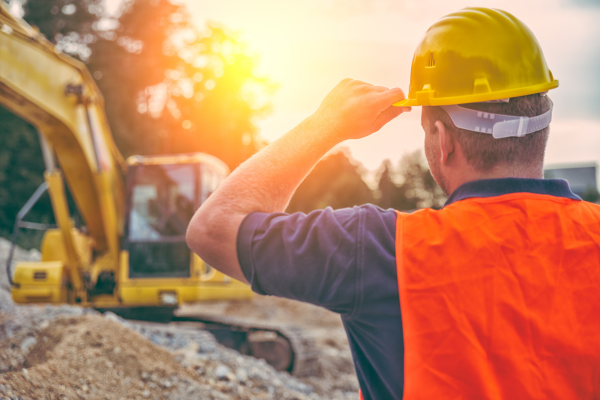
Industries at Highest Risk for Heat Stress (and How to Protect Workers)
Heat stress is one of the most dangerous things that can happen at work, especially as temperatures rise around the world and extreme weather events

Hot Weather, Cool Crew: How to Keep Morale High as a Leader
Guest post by Safety Knights There is no shade and it is 95 degrees outside. Shirts soaked with sweat stick to backs, hard hats feel
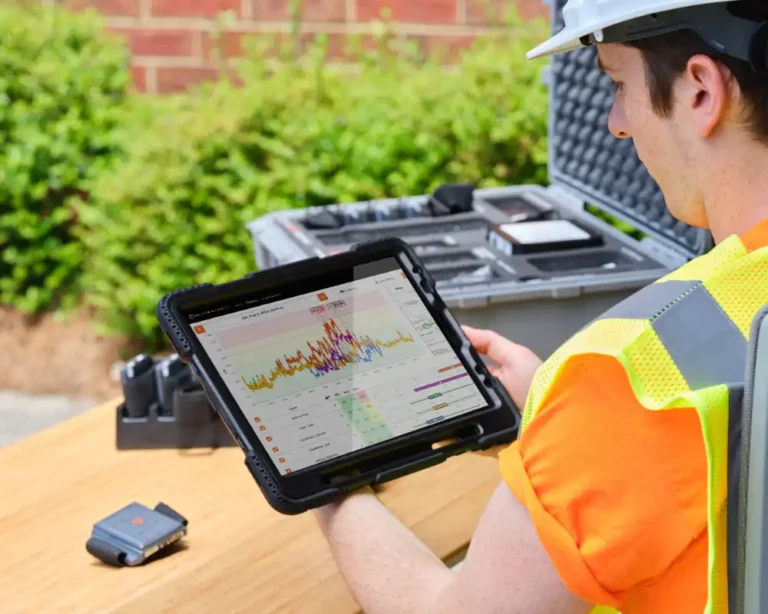
How Safety Data Latency Puts Workers at Risk (And What to Do About It)
In high-heat environments, slow data leads to slow decisions, and that puts workers at serious risk. Heat stress builds quietly. Without real-time updates on workers’

Mid-Season Heat Safety Check: Is Your Program Actually Working?
By mid-season, most safety teams have already experienced some heat stress trigger: a close call, an early shift-out, or extreme temperatures that make it nearly




